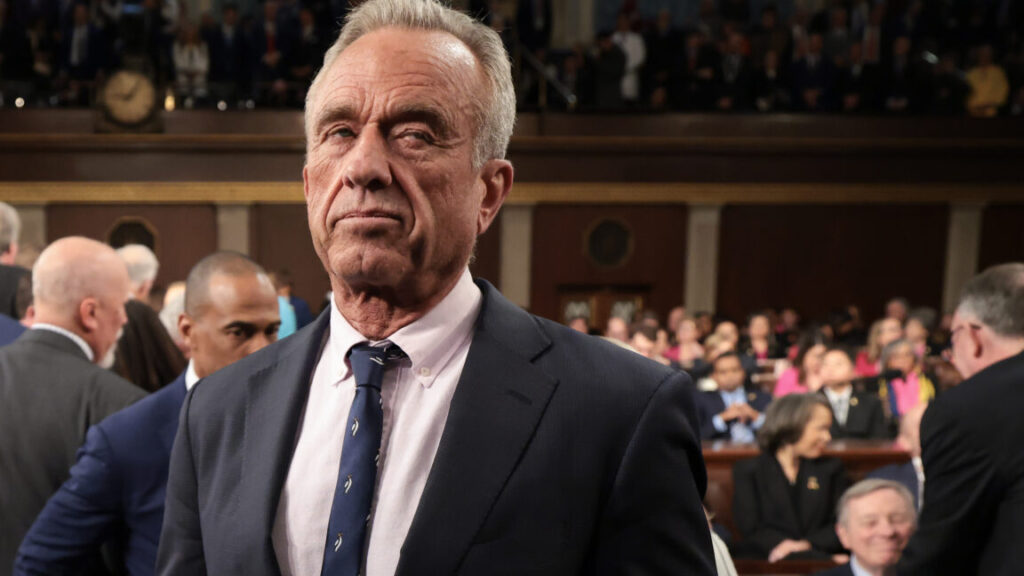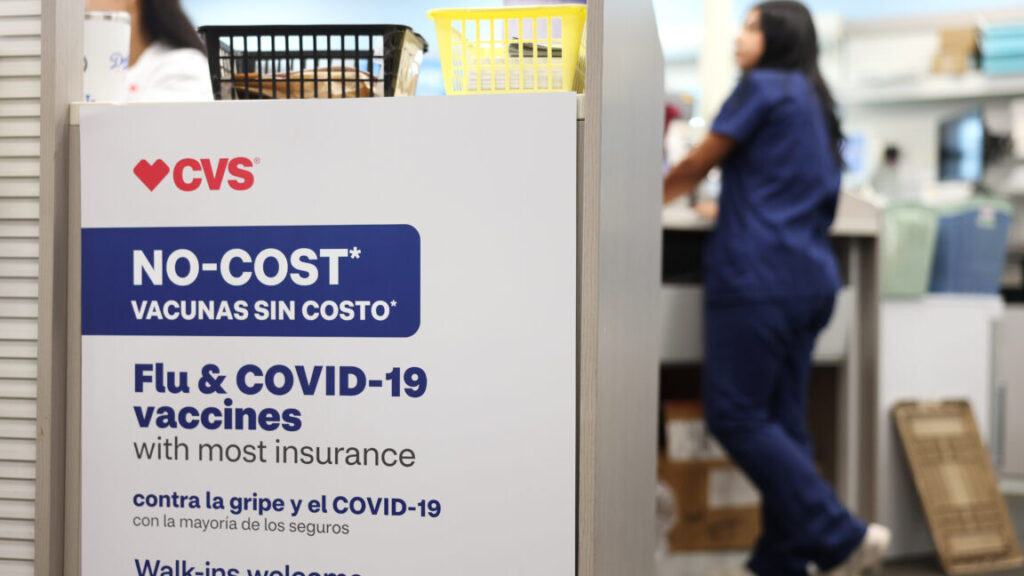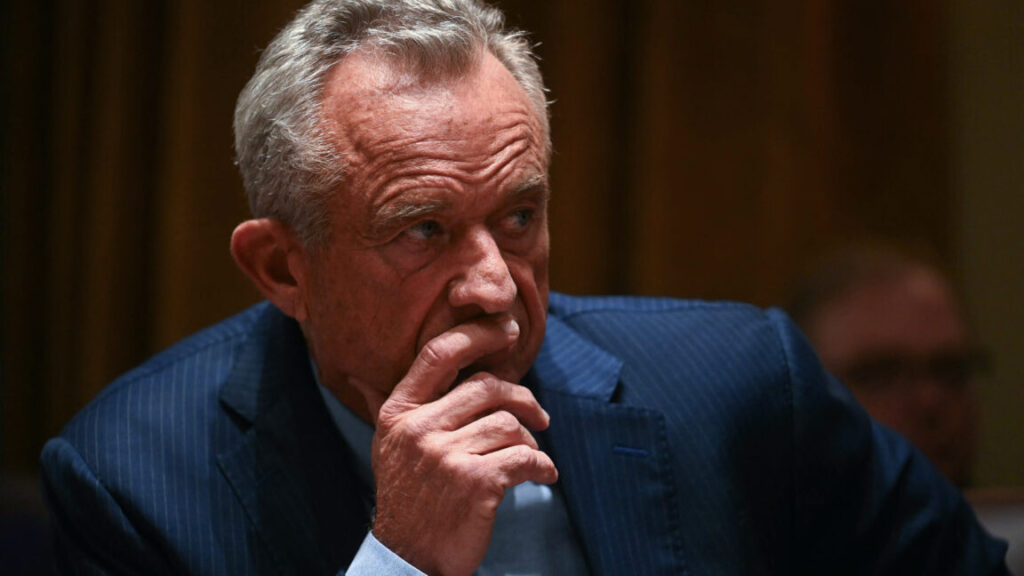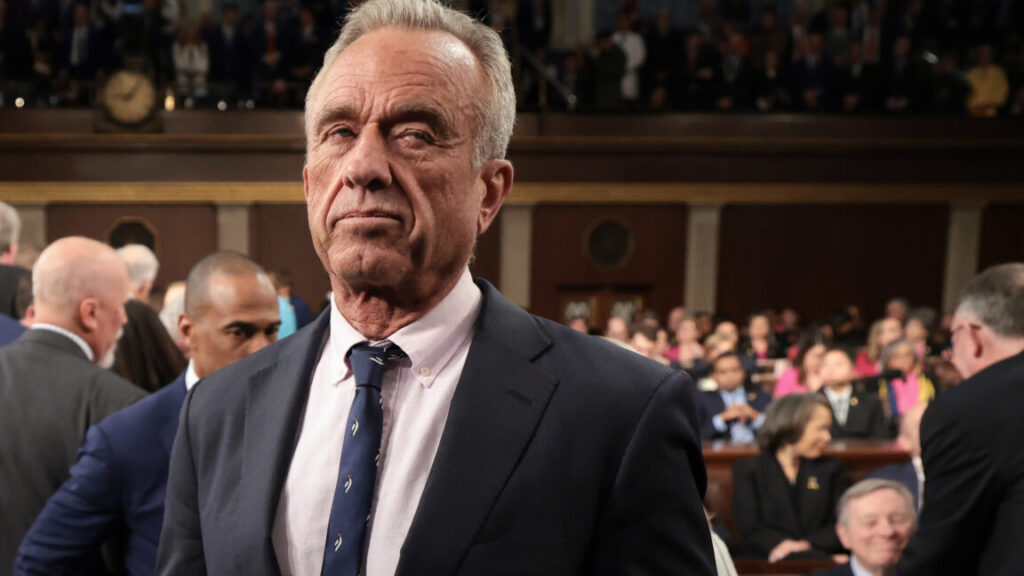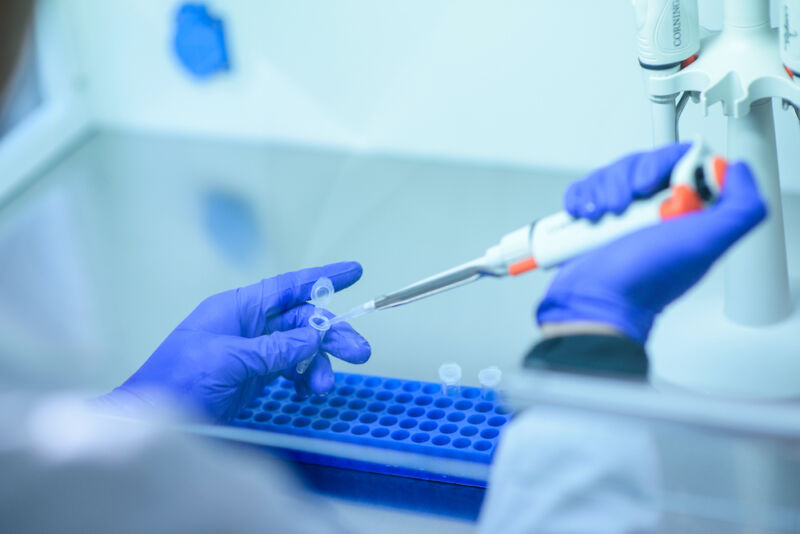RFK Jr.’s CDC may limit COVID shots to 75 and up, claim they killed kids
While some experts and health care providers had hoped that next week’s ACIP meeting would add clarity to the situation and allow healthy adults and children better access to the shots, the Post’s reporting suggests that’s unlikely. According to their sources, Kennedy’s ACIP is considering recommending the vaccines to those 75 and older, while instructing those 74 and younger to speak with their doctor about getting a shot. Another reported option is to not recommend the vaccine to people under the age of 75 at all, unless they have a preexisting condition.
Backlash
Such additional restrictions would likely intensify the backlash against Kennedy’s anti-vaccine agenda. Already, medical organizations have taken the unprecedented action to release their own evidence-based guidances that maintain COVID-19 vaccine recommendations for healthy children, particularly those under age 2, pregnant people, and healthy adults. Many medical and health organizations, as well as lawmakers, and over 1,000 current and former HHS employees have also called for Kennedy to resign.
Criticism of Kennedy’s actions has spread across party lines. Sen. Bill Cassidy (R-La.), a vaccine-supporting physician who cast a critical vote for Kennedy’s confirmation, had accused Kennedy of denying people vaccines and called for next week’s ACIP meeting to be postponed.
“Serious allegations have been made about the meeting agenda, membership, and lack of scientific process being followed for the now announced September ACIP meeting,” Cassidy said. “These decisions directly impact children’s health, and the meeting should not occur until significant oversight has been conducted. If the meeting proceeds, any recommendations made should be rejected as lacking legitimacy given the seriousness of the allegations and the current turmoil in CDC leadership.”
Meanwhile, in a clear rebuff of Kennedy’s cancellation of mRNA vaccine funding, the Republican-led House Committee on Appropriations this week passed a 2026 spending bill that was specifically amended to inject the words “including of mRNA vaccines” into a sentence about pandemic preparedness funding. The bill now reads: “$1,100,000,000, to remain available through September 30, 2027, shall be for expenses necessary to support advanced research and development, including of mRNA vaccines, pursuant to section 319L of the PHS Act and other administrative expenses of the Biomedical Advanced Research and Development Authority.”
RFK Jr.’s CDC may limit COVID shots to 75 and up, claim they killed kids Read More »
